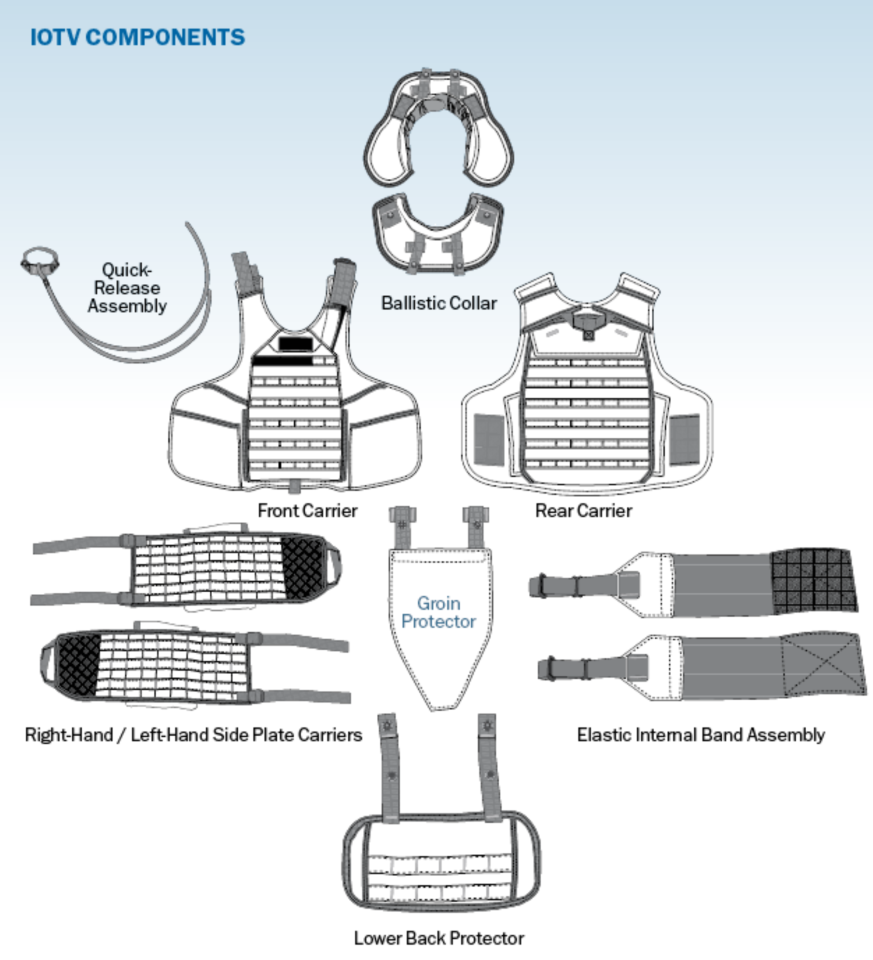If any soldier needs body armor, its a paratrooper making a parachute drop. Unfortunately, standard body armor is too inflexible for paratroopers to use without the risk of being injured upon landing. But the US Army’s Airborne and Special Operations Test Directorate hopes to rectify this, conducting test jumps with both the latest parachutes and body armor.
In February, two-dozen scout paratroopers with the 82nd Airborne Division's 3rd Squadron, 73rd Cavalry Regiment made two daylight parachute jumps with full combat equipment load at Fort Bragg, North Carolina, while using the new T-11 parachute and wearing a third generation Improved Outer Tactical Vest (IOTV).
Dropped from a twin-engine aircraft, the purpose of the tests was to show that the armor was flexible enough to be worn without risking injury during a parachute drop. This was followed by a jump in a pool while wearing the armor and parachute harness to simulate an unintentional water landing. According to Staff Sgt. Charles Jinks, a squad leader and jumpmaster, "There was some discomfort with the overall weight, but everyone had a safe landing."

The IOTV, which was developed by BAE Systems in conjunction with the US Army, is a modular, lightweight tactical vest that replaces the older Outer Tactical Vest (OTV). According to BAE, it provides greater ballistic protection with removable components protecting the torso, throat and groin.
The armor is compatible with Interceptor Body Armor (IBA) auxiliary components, such as the collar/yoke, throat protector, and groin protector, as well as Small Arms Protective Inserts (SAPI), Enhanced Small Arms Protective Inserts (ESAPI) and Enhanced Side Ballistic Inserts (ESBI). It also has Modular Lightweight Load Carrying Equipment (MOLLE) webbing attachment points.
BAE says the IOTV boasts improved comfort with reduced total weight, improved fit, ergonomics and mobility. The modular waist belt gives better weight distribution and there’s a quick-release cable for getting the IOTV on and off quickly in an emergency. It comes in eleven sizes, including “long” and is fully adjustable. The design also allowed the IOTV to be modified to fit female soldiers properly rather than them having to wear men’s armor.
The successful test jumps suggest paratroopers could jumping with better protection in the not too distant future.
Sources: US Army, BAE Systems









